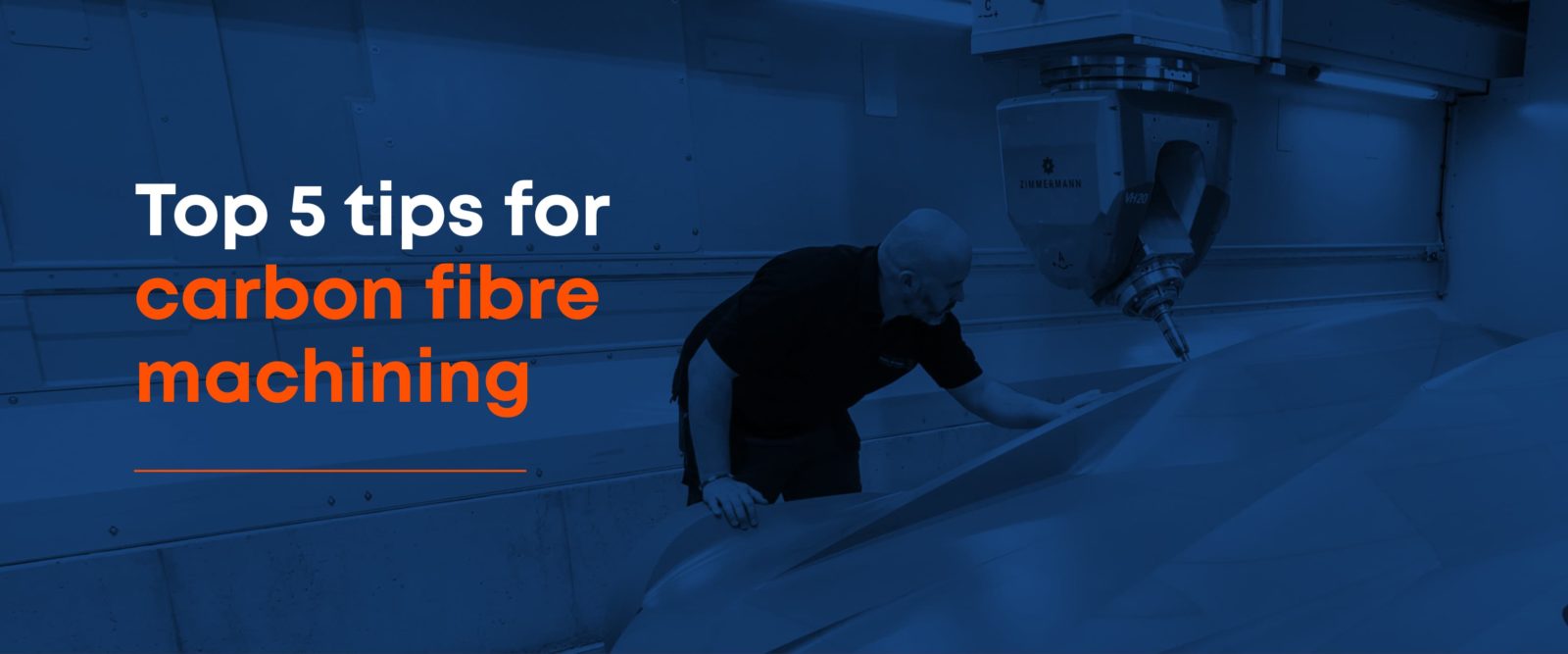Machining composite materials: A bespoke solution provides the answer
Machining of composites can be a highly complex process. In co-operati...
5-axis machining of composite aircraft components
Large composite aircraft components for the Airbus A350 family of wide...

‘Wet’ and ‘Dry’ 5-Axis Machining Of Composite Components
Founded in 2003 jointly by John Biddlecombe and Simon Kingdon-Butcher,...
